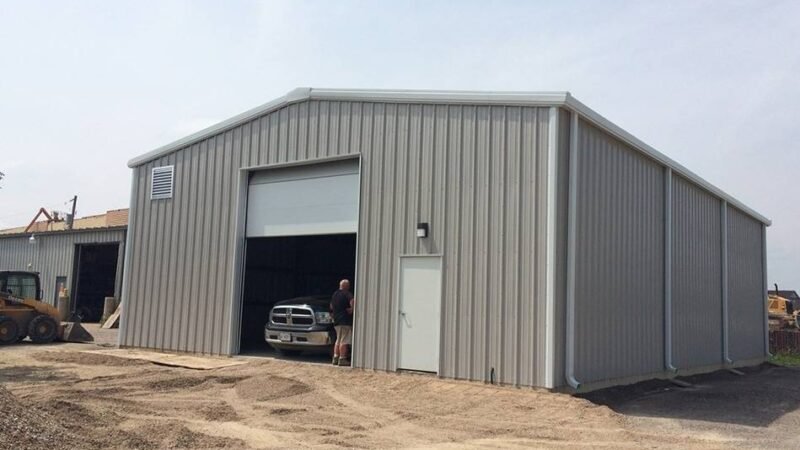On the morning of August 24, 2021, we received many pictures of the storm structure. In spite of the fact that most people call them wall cloud, all of these features are actually shelf clouds.
Stormtracker 18 Weather Team says shelf clouds are often confused by people, since they are the more common of the two cloud types because they tend to persist for longer periods of time. The odds of seeing a shelf cloud are much higher than those of seeing a wall cloud.
Taking a look at the above panoramic picture of the August 24 shelf cloud, you can see how large these features are, and how long the storm lasted. An example of how small a wall cloud is can be found at the bottom of this article.
Because shelves usually fit on a wall in our homes, people tend to think of shelves as smaller than walls. Shelf clouds, however, are larger in weather.
According to pictures above and below, they often have an angle to them that makes them look like shelves that can be placed on top.
A few meteorological principles combine to form clouds. During its rise and descent, air cools and warms while retaining moisture. As air rises and cools, the dew point of the air is reached or reached, and the air is no longer able to hold moisture (humidity is 100%). As a result, water vapor in the air condenses into liquid droplets, which we see as clouds. Because the air is rising, the droplets are held in the air and will not fall as rain until enough water combines together to form large enough drops that are too heavy for the rising air to hold.
On the leading edge of a line of thunderstorms, shelf clouds form and are usually associated with straight-line wind gusts over 30 mph. When wind speeds reach 60 mph, straight line gusts are considered severe. Updrafts form when the warm, rising air pushes out cold wind below the rising, warm air as the updraft rises. Clouds often form just above where the cool air and wind are moving below the storm, near the boundary between the rising form. It will lookooler air below.
Alternatively, a wall cloud is a lowering in a cloud’s base caused by rain-cooled air being drawn into an updraft. It is common for them to form under supercells since supercells are capable of keeping updrafts and downdrafts separate, allowing enough time for that process to take place.
Matt Schaefer took the picture above shortly after moving to Eau Claire in 2016 just outside the WQOW studio. Wall clouds are circled in the image. In the right half of the picture, you can see heavy rain falling behind our “send us your pictures” panel. In the area where the wall cloud has formed, however, there is no rain under or behind it. The air is moving upwards into the clouds during an updraft.
A tornado was not likely to drop from this wall cloud since it was not rotating. Tornadoes form under rotating wall clouds most of the time, but only a small percentage will produce tornadoes. Despite seeing this feature, you shouldn’t assume a tornado is imminent just because you see it. Nevertheless, this indicates a strong storm.





Recent Comments